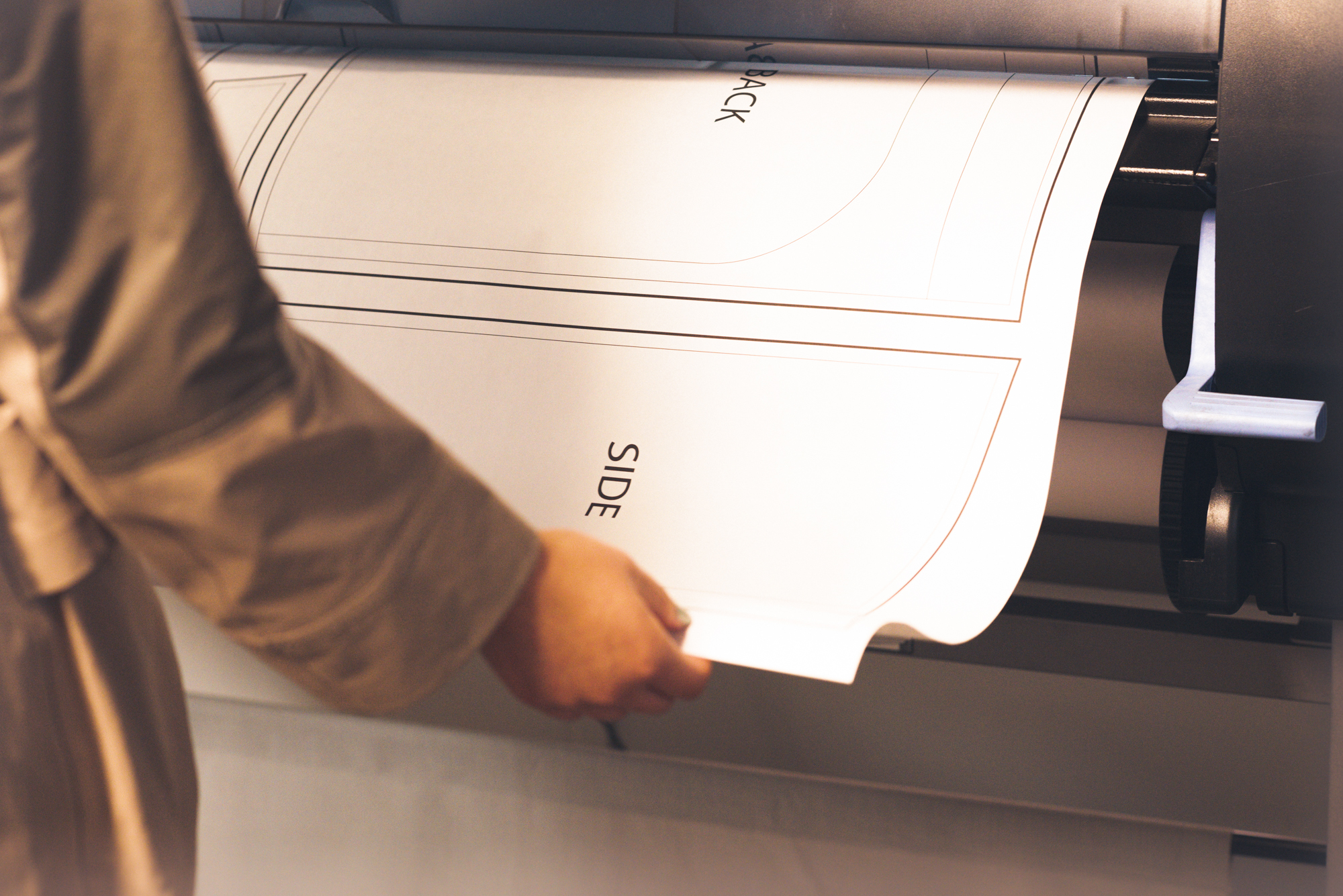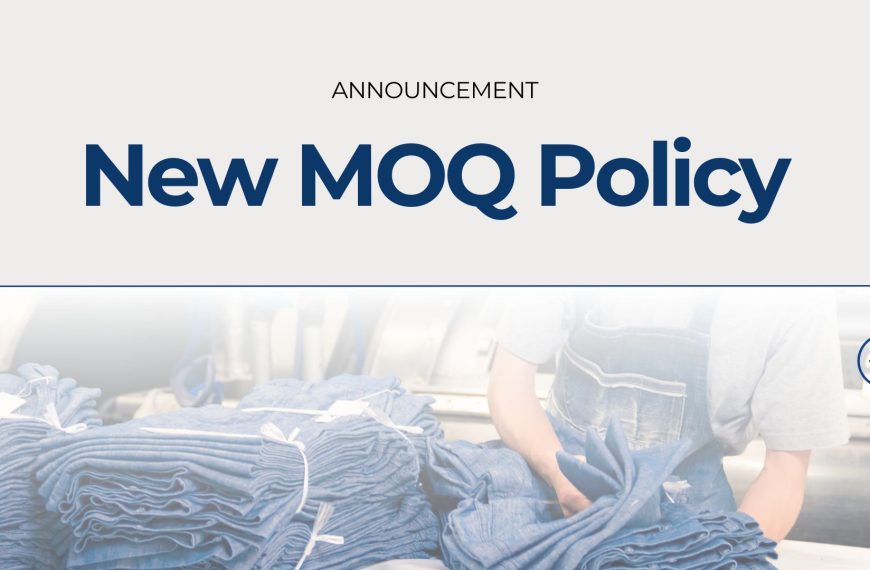For years and years, medium to big sized garments are very used to make patterns from scratch. A very traditional process of making patterns before fabric cutting and sewing, where they used a big sized pattern paper, draw on it with pencil and tens of types of rulers to make patterns from a design or illustration of thousands of fashion items. But now, with the help of even more advanced technology within the garment industry, they started to make use of an E-pattern and E-marker technology in their production process. The good news is, Wifkain has started to install E-pattern and E-marker technology to its manufacturing process. You might ask, how does it work? What are the advantages of using those technologies? Here, we will break down everything you need to know about E-pattern and E-marker.
Wifkain uses Optitex, a specialized software used in the fashion design and garment industry with its main purposes of creating virtual patterns, 3D garment simulation and visualization tools. It enables fashion designers to create digital patterns and produce pattern sizing by inputting measurements of every inch of the design. It allows you to create size grading and variations without having to draw on paper twice or more times. E-marker and autonesting, a cutting layout tool that gives the users the optimization of fabric consumption creating a more precise measurement and placement of pieces to the fabric.
The advantages of using E-pattern and E-marker technologies are that it gives high efficiency in time. The users no longer have to manually draw on paper for one size and have to draw a number of pattern sets for the other sizes. It is 60% faster to release into the market than the traditional way of pattern making, which saves 60% sample production time. It saves more labor time and cost because it can be done by a single person making and printing the pattern. Moreover, by using the marker autonesting technology, the software automatically plans the placement of each pattern on the fabric, so users can have high efficiency in fabric consumption. It gives a more precise calculation in fabric needs i.e. how many yards needed to be bought from the textile supplier to make 500 pcs of jacket? It gives the fashion designer a better understanding in buying fabric and materials, hence resulting in less fabric waste. All in all, these technologies have helped Wifkain’s sample process faster, less labor work, and its manufacturing process becomes more efficient in saving more fabric, less cost and less time consuming.





